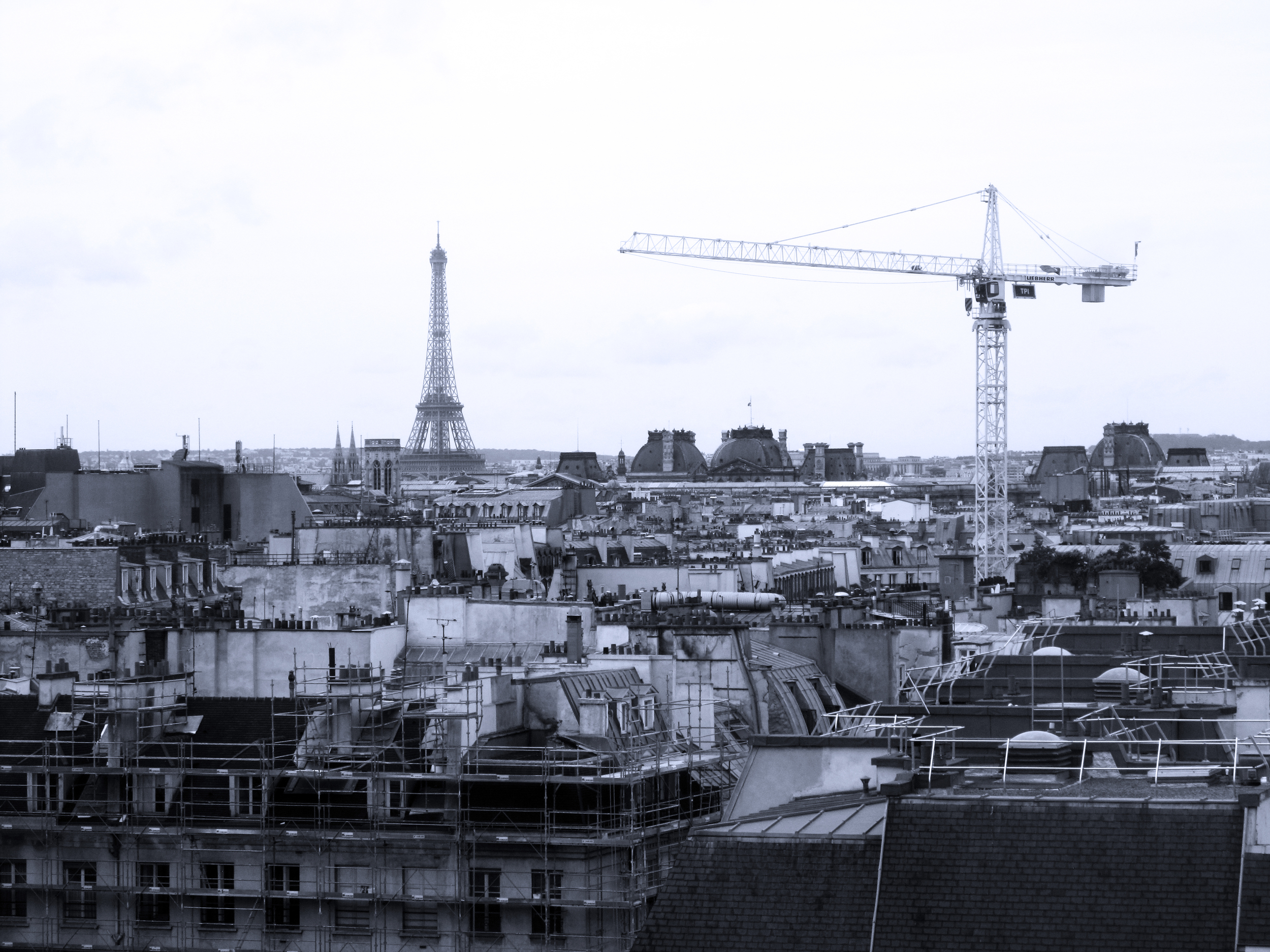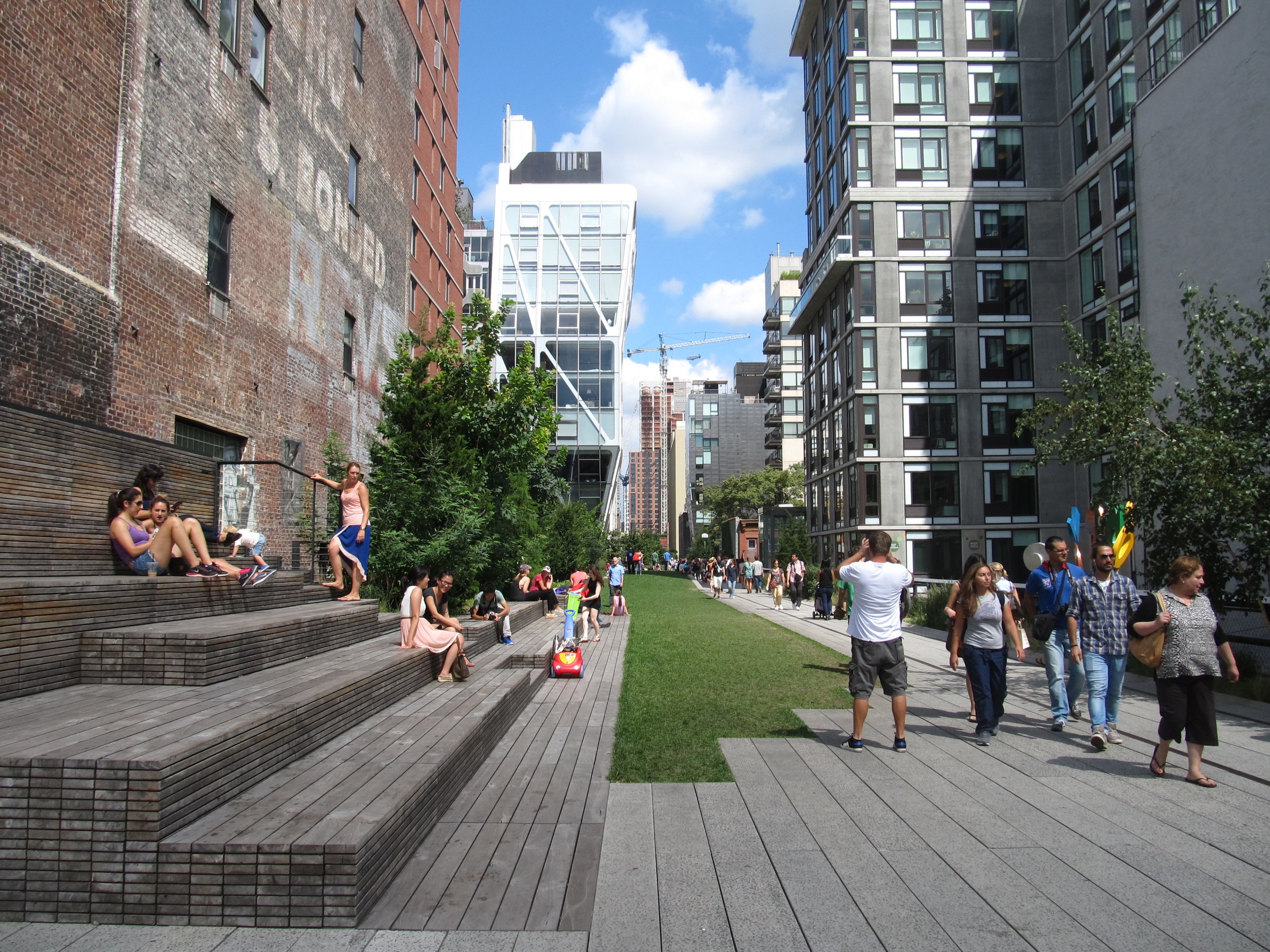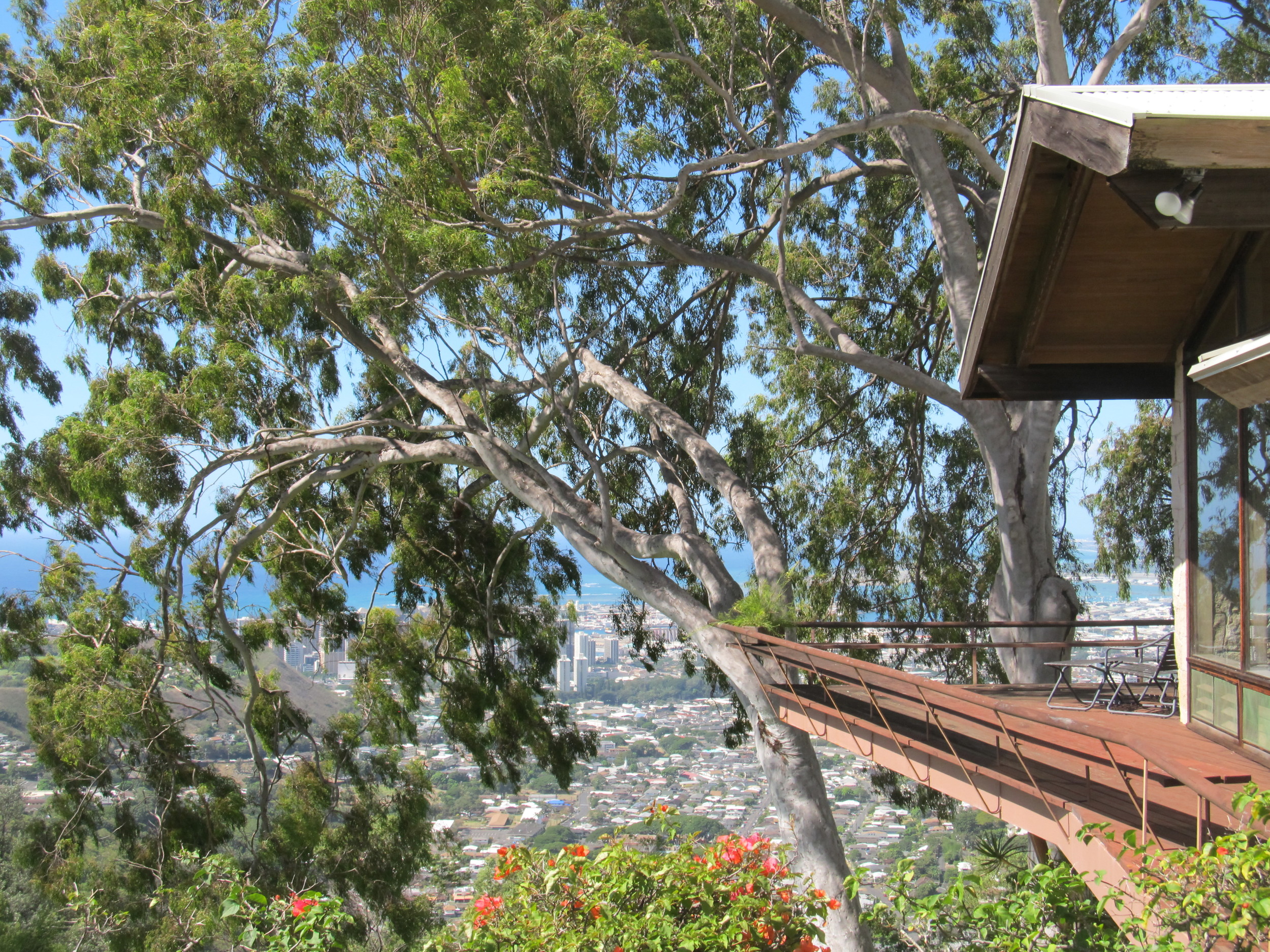An architecture blog by an Architect (Jonathan Lee)
Your Dapper has always been fascinated by architecture. It’s a development of space, a modern-day monument to human achievement (if done correctly) and a practical and participatory art form (because people live in it). We thought about posting what we like, but realized that nobody would care as our only criteria would be: “oooh pretty”. We also realized that we don't do amateur hour.
Since we couldn’t get Ted Mosby, Architect we enlisted our friend, Honolulu based architect Jonathan Lee, AIA, LEED AP BD+C. A Punahou and University of Pennsylvania alumni (that’s how we know him). Post graduation he moved to New York City to pursue his career. After four years working in the big apple for Wendy Evans Joseph Architecture and a couple years traveling abroad, he returned home to Honolulu. Currently he is a Project Architect for WCIT and working on Waiea, a new uber-luxury ocean front property which is part of the Ward Village Master Planned project by the Howard Hughes Corporation.
Check out his instagram :@jleehi and his featured segment #dadailydetail
So without further ado,. Jonathan Lee, Architect:
You know that feeling when someone walks into a room and all the dynamics of the room change. Suddenly all the energy in the room seems to be magnetically pulled in the direction of that person. Conversation becomes fragmented as people stutter and stare. The air seems still all around, but for a single breeze that, if it was a lady that walked into the room, lifts the bottom hem of her dress or if it was a man catches the wisps of hair across his forehead. Our response is emotional. It is not strictly cognitive, it is out of our control. We say, this person has charisma.
What is it that causes us to respond this way? Is charisma created? Can it be designed? How can we explain it if we cannot really identify all of the unique and special characteristics? I guess for myself, as an architect, the critical question is, does architecture have charisma? Does architecture have this power to capture our attention and shift the dynamics of its surroundings? Can design move us, draw us in, and change us in a way that we cannot control.
By definition, charisma is a personal quality, a compelling attractiveness that inspires devotion or reverence. But I believe architecture can have charisma. Sometimes design just works. It can be beautiful without explanation, it can be perfect in your eyes and at the same time understood and admired by large audiences. There is no formula or magic potion, no equation or mix of ingredients that when combined will produce a design that is pleasurable, beautiful, functional – encompassing all the traits of a successful design. There are unknown elements and forces that affect the design outcome. Architecture can be alive and respond to human interaction, the needs of its occupants, the changing environment, climate and the effects of physics and time. Maybe what I am talking about is a sense of place. A sense of place is a combination of characteristics that makes a place special and unique. It involves the human experience with the environment and the designed world. It incorporates local knowledge, history and culture. A sense of place can exhibit a compulsion on people, a pull that embodies aesthetics, pleasure and attraction, function and engagement, and history, culture and context. But I think charisma is more than a sense of place. It also contains an element of mystery, discovery and wonder. Sometimes despite the unexplainable allure, a fascination exists that influences our emotions and captivates our intuitions.
When I think about my home city, Honolulu I wonder where are the charismatic places and landscapes? What are the charismatic buildings and designed spaces? What are the charismatic objects of design that define our city and culture? What are the sounds, the smells, the fashions, the flavors? For me this is the best lens through which I learn about a new city or culture. This is what I yearn to create, to discover and to share.
The following photos I took capture these elements of design and sense of place.



Disclaimer:
The views and opinions expressed in this article are those of the author, Jonathan Lee and DO NOT necessarily reflect the official policy or position of his employer WCIT Architecture.
